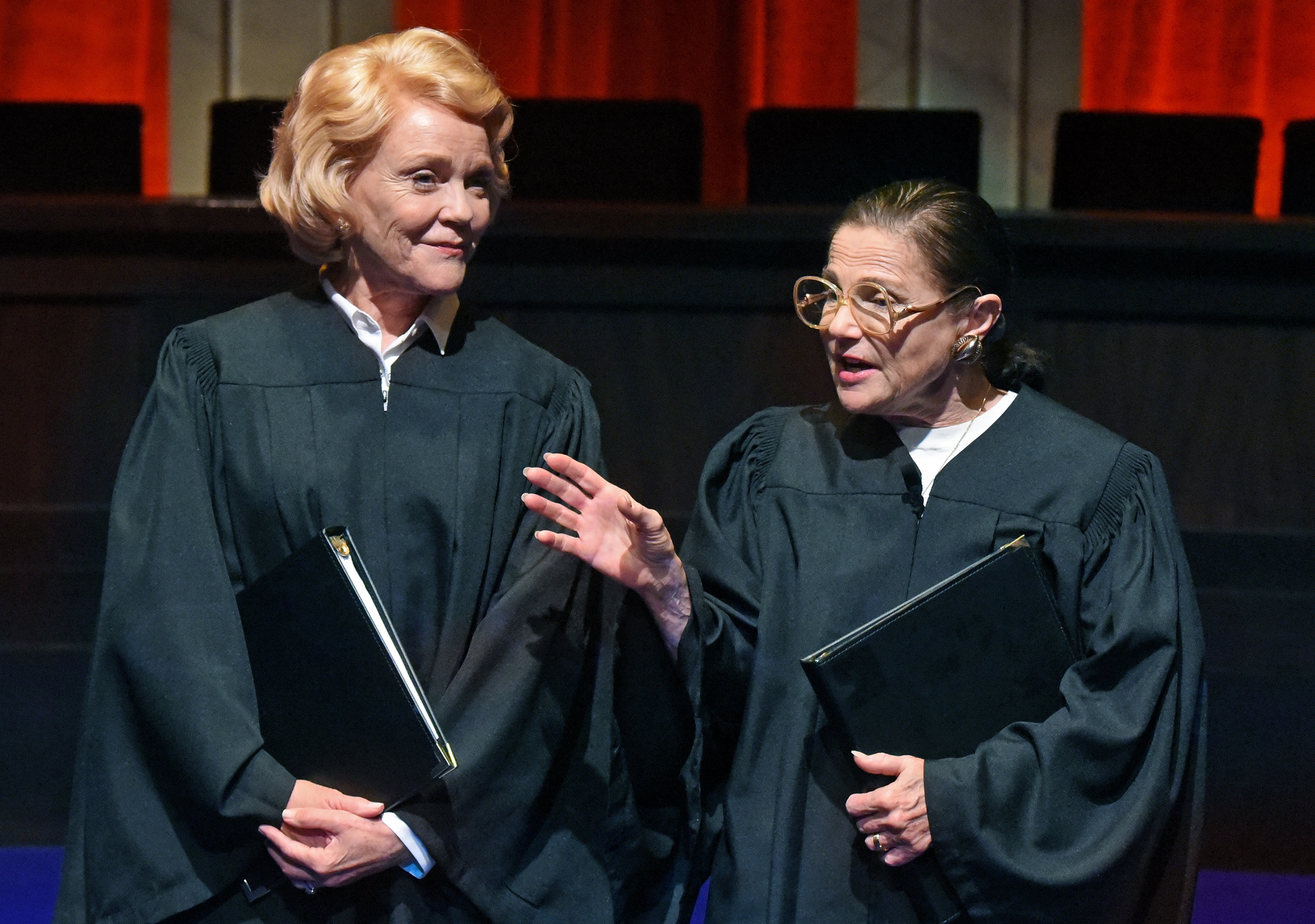 From left: Stephanie Faracy as Sandra Day O’Connor and Tovah Feldshuh as Ruth Bader Ginsburg in “Sisters in Law.” Photos by Kevin Parry
From left: Stephanie Faracy as Sandra Day O’Connor and Tovah Feldshuh as Ruth Bader Ginsburg in “Sisters in Law.” Photos by Kevin Parry As the first women on the United States Supreme Court, what would conservative Sandra Day O’Connor and liberal Ruth Bader Ginsburg have discussed behind closed doors? This is the question explored in the new play “Sisters in Law,” written by Jonathan Shapiro and based on the book of the same name by Linda Hirshman. The show is currently running at the Wallis Annenberg Center for the Performing Arts in Beverly Hills.
Deftly directed by Patricia McGregor, actresses Stephanie Faracy and Tovah Feldshuh play O’Connor and Ginsburg respectively, delving into the hearts and brilliant minds of these passionate, erudite women over the course of almost two decades. The two fight over how to affect change when it comes to equality for women (and indeed for all), with a central focus of the production being the 1993 workplace harassment Harris vs. Forklift Systems case. Yet there are also incredible moments of humor and pathos as the justices bond over their shared struggles — whether it’s figuring out how to move ahead in a man’s world, or dealing with illness.
A lawyer turned television writer, this is Shapiro’s first play. Speaking with the Journal by phone, Shapiro said he really honed in on how O’Connor embodies a West coast sentiment and Ginsburg an East coast one. “In many ways,” he said, “these women are the products of where they were born and raised.”
And in adapting the book to the stage, Shapiro noted the challenge was “how can we make it a great evening of dramatic theater with humor and with feeling and be true to who these women are?”
It’s also why in choosing which cases to include, Shapiro thought long and hard. “Being a writer and being a lawyer are really similar,” he said, “because most of the job involves making a lot of little decisions that will ultimately result in a verdict. The challenge was, ‘Do you do Bush vs. Gore? Do you do the death penalty case? It seemed to me the Harris vs. Forklift was the best one because it was the first time [O’Connor and Ginsburg] really dealt with one another on the court on a gender issue.”
And in one of those twists of fate, Shapiro noted that the #Metoo movement “became front and center in the national debate a month after I finished the first draft [of the play].”
Born and raised in a Jewish household in Woodland Hills, Shapiro took a course on the Old Testament and its interpreters in college and as a Rhodes scholar at Oxford studied biblical law.
“I think that Ruth in particular has a Talmudic understanding of the law and a rabbinical approach to its uses to heal a broken world,” he said. “She even makes reference to tikkun olam in the play.”
“[O’Connor] is the relaxed, expansive heartfelt cowgirl. [Ginsburg] is the more somber, brilliant intellectual.”
— Tovah Feldshuh
It’s a sentiment echoed by Feldshuh. Speaking with the Journal in the Wallis’ lobby immediately following the first preview performance, Feldshuh said, “[Ginsburg], more than any characters I’ve played has influenced me; studying her. She is a completely inclusive human being. She carries a copy of the United States constitution in her purse — like it is her Talmud — and there’s no question that the Jewish tradition of erudition, scholarship and love of learning influenced her ability to be a great Supreme Court justice.”
Feldshuh also spoke about the enormity of taking on a living legend. “In all my years in the theatre this is the first time I’ve played a living legend at the height of her fame. So how do we honor a woman who is soft-spoken, shy, modest and just decent and moral?”
It’s something Feldshuh was deeply concerned about, especially “because I’m about as shy as a tank coming towards you. And [Ginsburg’s] modesty — how do you deal with that on the stage? You have to be vocally available but your body has to stay quiet.”
Feldshuh has come up with some intricate physical and vocal interpretations to do justice to the justice’s character traits. “Talent,” Feldshuh said, “is the ability is to hit a target that nobody else can hit. Genius is the ability to hit a target that nobody else can see. Ruth Bader Ginsburg is a genius. She saw gender equality and she ferreted out gender equality in every corner of society she could find.”
Feldshuh is also thrilled that Ginsburg has invited the actress to meet with her
next month in her chambers. “Unfortunately it’s after the run but that’s OK,” Feldshuh
said, “Because I know this [play] will have a future life.”
And while she loves playing RBG, Feldshuh believes Faracy has the more humorous, “fun part. [O’Connor] is the relaxed, expansive heartfelt cowgirl. I am the more somber, brilliant intellectual whom they confuse as not being warm. But she’s very warm. It’s just that her testosterone comes through her brain. When I play Ruth older I always think that she’s so brilliant that her brain is heavy so it moves forward off her spine.”
For her part, Faracy said in a separate phone interview that she believes O’Connor is indeed funny. “Part of her charm in my estimation was her great sense of humor. And a sense of humor is really a lightness of heart.”
Faracy, too found playing such an iconic person daunting, “but the more I read about her and understood her and stood in her feet a little, I could only think of her family — like I was a sibling and someone was saying, ‘Take care of my mother.’ I try to portray her in a way that would honor her,” she said, adding, “It’s my greatest concern and I have her pictures in my little dressing room and I nod to her and say ‘May I honor you?’”
Like Feldshuh, Faracy studied recordings of the woman she was portraying and read many books on her, including O’Connor’s 2002 memoir “Lazy B: Growing Up on a Cattle Ranch in the American Southwest.”
“Lazy B,” Faracy said, “is a window into Sandra’s heart. She was authentic, because she didn’t know how to be anything else. That’s my sense of her. She had deep values.”
In comparing her alongside Ginsburg, Faracy said O’Connor “really valued women in a whole different way than Ruth did. She understood how long it took to get some things done and it’s almost like Ruth now has become more understanding of compromise, and Sandra understood that early on.”
And given the juggernaut that RBG has become in the last couple of years, Faracy felt this play was the perfect opportunity to give O’Connor her due. “When I first took on this part and started to read about [her], I thought, ‘Wait a minute, we have not given Sandra her praise. She was the first person looking out for women: That she navigated the world of men was her honor and her fight for women. I want to take care of her and put her vision into the world more clearly because I think women now can understand what she was doing more clearly. She was the brave one.”
Shapiro loves both characters equally. “O’Connor was a great contrast to Ruth because she was a Christian,” he said. “She was not terribly devout but she was a real seeker when it came to all faiths and she was an extremely spiritual person.”
One of the things Shapiro said he wanted to convey was that “Jew or Christian, these two women brought a much deeper belief in each of their responsibilities to be just and to make the world better. And the challenge of all people of faith is how do you do it in a way that honors our responsibilities to one another as human beings without making things worse?”
“Sisters in Law” runs through Oct. 13 at The Wallis Annenberg Center for Performing Arts. For ticket information, click here.








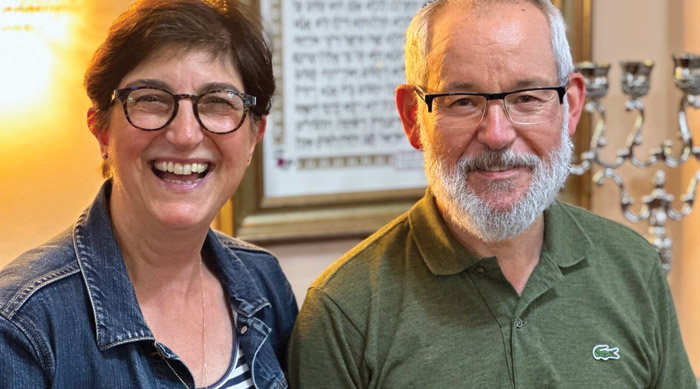


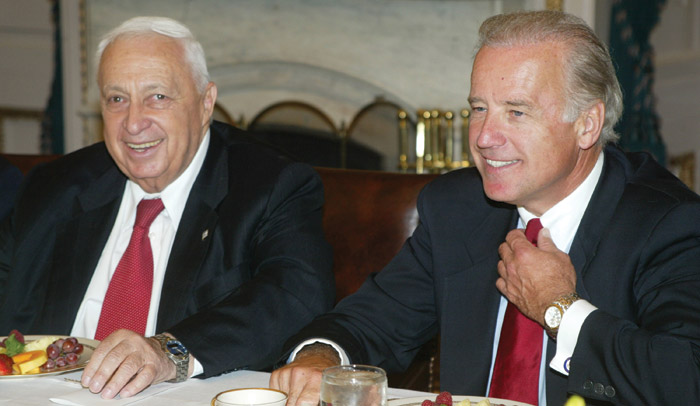
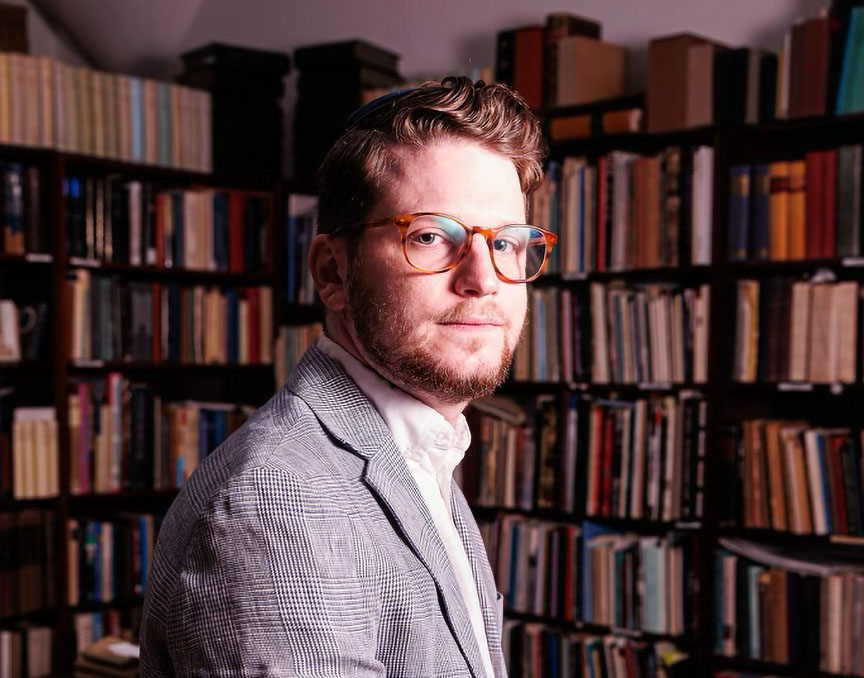
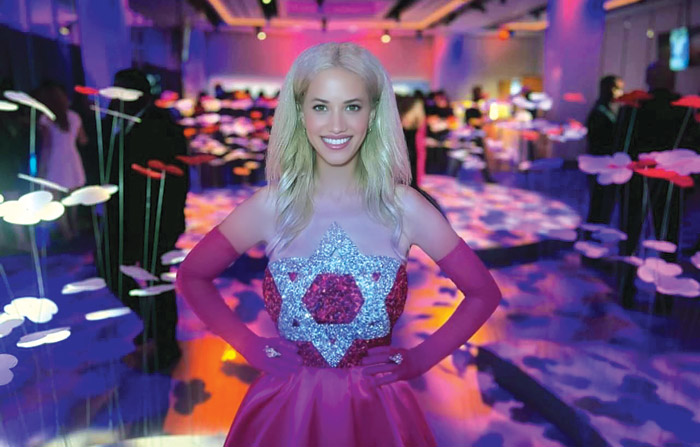








 More news and opinions than at a Shabbat dinner, right in your inbox.
More news and opinions than at a Shabbat dinner, right in your inbox.